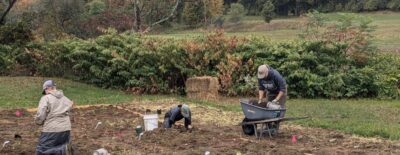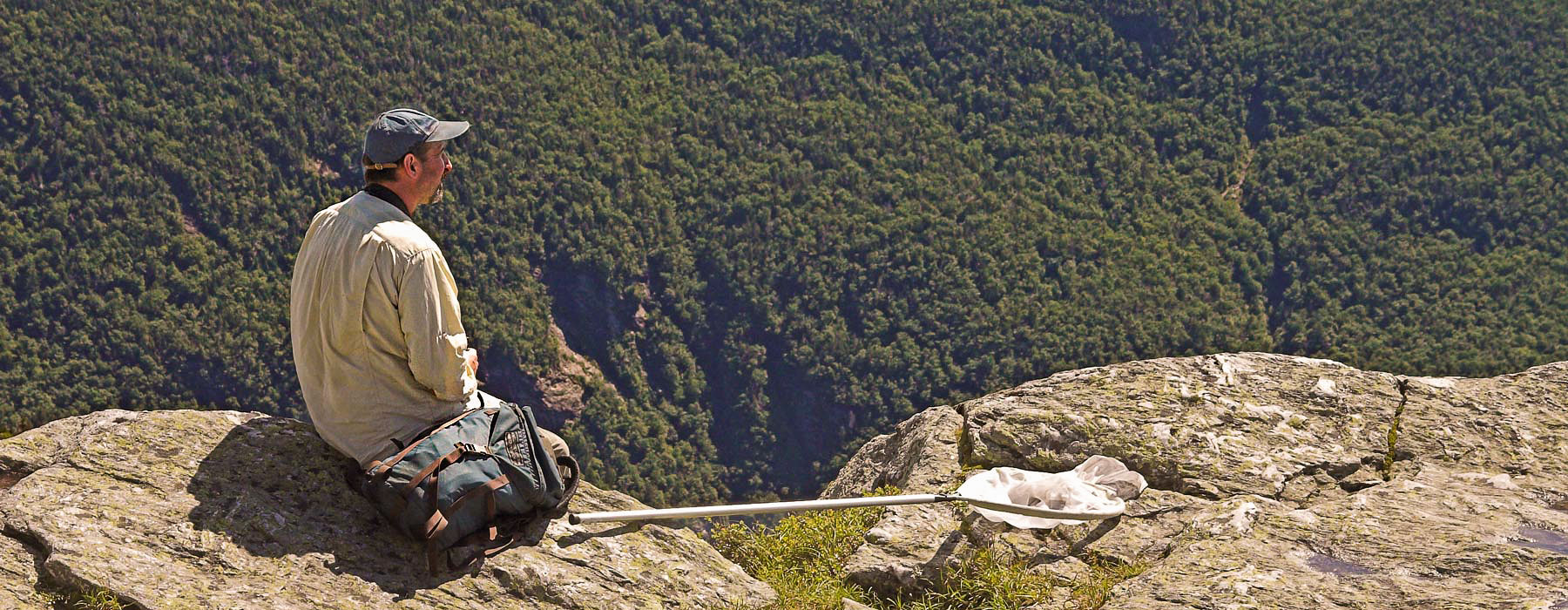As mounting human activity transforms ecosystems around the world, many wild animals face an uncertain future. The problem is complex and international in scope, but VCE has developed an effective strategy to conserve biodiversity. We deliver the science people need to make good decisions for wildlife.
Effective wildlife conservation requires detecting and heeding early warning signs before species become endangered. At VCE, we monitor wildlife populations to assess their conservation status and to investigate potential threats. We then identify sources of observed decline before populations reach critically low levels. If warranted, we take actions to address the needs of wildlife that are seriously at risk.
We excel in recruiting, training, and coordinating citizen scientists to help us conduct rigorous wildlife studies in a highly cost-effective manner. We also specialize in convening conservation professionals to implement science-based initiatives that benefit threatened wildlife populations and their habitats throughout the Americas.
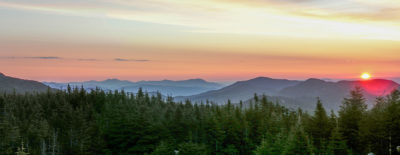
Mountains
Mountains are a rugged and ancient feature of the northeastern landscape, yet mountain ecosystems are among the most sensitive indicators of environmental change. High-elevation habitats are often more susceptible than lowlands to the effects of climate change, atmospheric pollution, and adverse land use practices. Since they are simultaneously durable and fragile, mountains constitute a symbol of our strength and a gauge of our vulnerability. The small size and isolation of mountaintops impose constraints on organisms with limited mobility, including biologists. VCE has long overcome the practical difficulties of high-elevation field research with the help of collaborators, volunteers, and our own determination to unravel the mysteries of mountain ecology Learn more »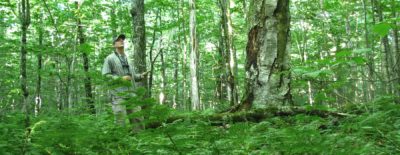
Forests
Forest is the dominant vegetation cover in the Northeast, blanketing nearly 50 million acres from New York to Maine. Embedded within this area are a rich variety of upland and wetland habitats that support much of the region’s biodiversity. Forests sustain people, as well, with jobs, timber products, fresh air, clean water, and countless recreational opportunities. However, this iconic landscape is threatened by fragmentation, development, climate change, and a growing array of introduced pests, pathogens, and invasive species. To understand the impacts of these and other stressors, VCE gathers baseline information and monitors ecological change over time. Learn more »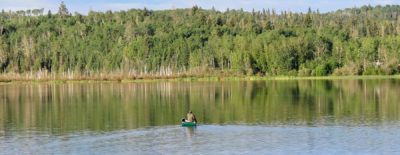
Lakes and Ponds
Lakes and ponds are scattered across the northeastern landscape, providing water for drinking, industry, hydropower, and irrigation. These water bodies support complex food webs, many recreational uses, and a long tradition of seasonal cabins and youth camps. Their continued vitality is essential to maintaining the region’s ecological and economic health, as well as a cherished way of life. Efforts to conserve inland waters must address a host of threats, from pollution and shoreline development to the spread of introduced species. VCE biologists have confronted such threats for decades, while leading the successful restoration of Vermont’s once-endangered loon population. We champion a collaborative approach to lake conservation that integrates science, management, and public outreach. Learn more »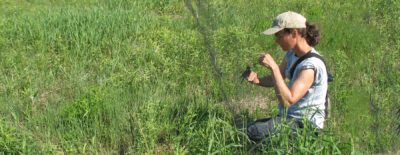
Grasslands
People are instinctively drawn to grasslands, which satisfy a human impulse for open spaces. Despite our attraction to these areas, grassland ecosystems are gravely imperiled throughout the world. As grasslands disappear from our region, grassland birds are declining faster than any other avian group. The fate of our society is linked to that of grasslands, which can be managed to provide food, sequester carbon, and even supply energy in the form of biomass and wind power. In the conservation of grasslands, we have an opportunity to maintain a resource on which we depend, and whose inhabitants will not survive without our careful stewardship. Learn more »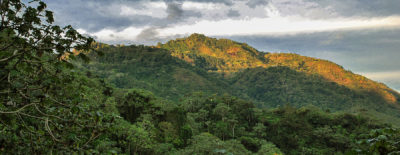
Caribbean
Nearly 120 bird species that breed in North America migrate annually to the Caribbean. Migratory birds represent a living link that connects northern breeding habitats with southern wintering grounds. Caribbean islands also host a diverse resident avifauna, including 148 species the exist no where else on the planet. Yet, growing human populations and habitat loss threaten the region's unique wildlife. Perhaps the most threatened in the Caribbean is mountain forest, winter home to Bicknell's Thrush. This songbird, which breeds in the montane forests of the Northeast, has been a focus for VCE biologists for over two decades. Over time, our work has expanded to include a suite of at-risk wildlife throughout Hispaniola. Learn more »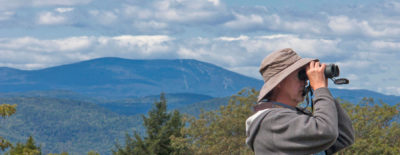
Vermont Atlas of Life
In this rapidly changing world, biodiversity conservation often requires knowledge of plant and animal distributions across vast landscapes and over long periods of time. Legions of field biologists can be needed to illuminate patterns and trends that reveal pressing environmental problems. VCE has a longstanding tradition of training and supporting volunteer naturalists. This tradition generates affordable and reliable data, while fostering connections between people and the natural world. With the mapping and modeling power of geographic information systems (GIS), we will convert traditional field observations into strategic conservation solutions for the twenty-first century. Learn more »